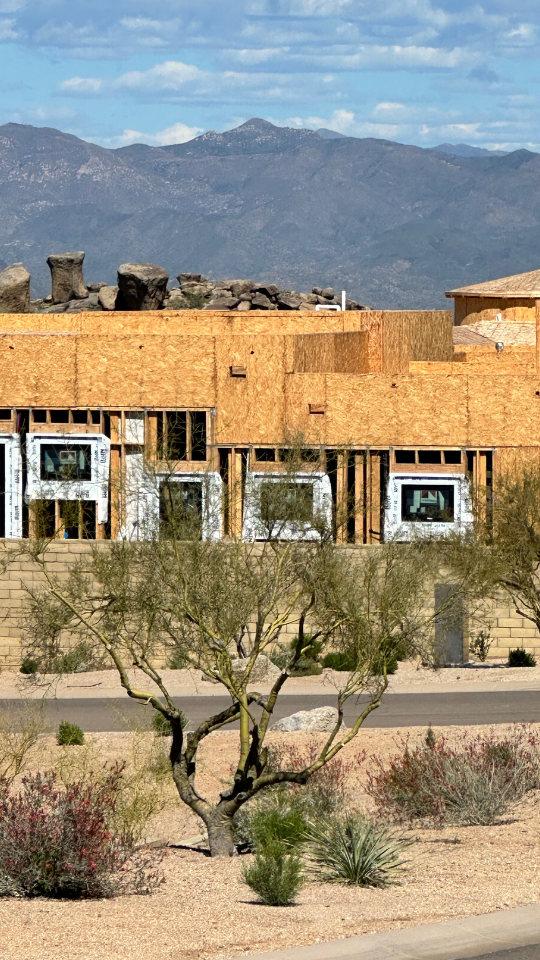The Open & Agile Smart Cities network unites 160+ cities across 30+ countries to share interoperable standards, known as Minimal Interoperability Mechanisms (MIMs). These create open markets for urban services and reduce vendor lock-in. Investors find resilience in markets with standards-based systems. Tax-friendly collaborations with EU and national governments enhance feasibility. Strong privacy alignment with EU frameworks ensures compliance. Value stability comes from scalable digital infrastructure built on open standards, supporting sustainable growth.

Retail investors are actively repositioning small neighborhood centers through re‑tenanting and upgrades, particularly following a 90‑day pause on China tariffs in mid‑2025 that stabilized material costs and consumer confidence.
For diversified RE portfolios, value‑add retail offers opportunistic yield upside. Municipal incentives and sales‑tax abatement tools support repositioning. Repositioned centers often enjoy more balanced tenancy and longer lease durations. Retrofit standards improve energy performance and pedestrian access.
Phoenix’s multifamily segment showed signs of stabilization post‑2018‑2022 market correction, with leveling pricing, strong job in‑migration, and rising rental demand in early 2025.
Investor portfolios benefit from stabilizing yields and diversifying occupancy risk. Rental income fuels property tax base growth. Developers adapt under municipal permitting and material‑cost pressures. Balanced supply and demand points to resilient forward value. Many newer properties include solar-ready infrastructure and water‑efficient landscaping.
National CRE investment totaled $92.5 billion in Q1 2025, up 17 percent year‑over‑year, with Phoenix contributing meaningfully via active industrial, multifamily and retail repositioning projects despite a 12 percent drop in transaction count.
Investors focused on long‑duration cash flows find Phoenix attractive. Tax-relevant transfers incur capital gains and ongoing property assessments. Federal tax policy shifts and zoning changes influence structuring. Diverse asset exposure smooths volatility. Many projects are designed with energy‑efficient materials and transit accessibility.
Scottsdale was ranked second globally for millionaire population growth in May 2025 (14,800 millionaires, +125 percent decade‑over‑decade). Wealth‑management and private capital are flowing into luxury residential, private aviation, bespoke retail and hospitality near Scottsdale Airport.
Tax revenues benefit from high‑value property assessments. City regulations support zoning for upscale districts. Luxury asset demand supports capital stability. Private‑aviation infrastructure aligns with carbon‑offset and energy‑management initiatives.
OrthoArizona announced plans in mid‑2025 to build five new medical facilities and expand five existing operations across Phoenix–Mesa–Tempe, boosting annual patient visits from 674,000 in 2023 to 766,000 in 2024.
For healthcare REIT strategies, expansion signifies durable leasing prospects. Tax base impact extends from building property to local payroll. Projects navigate commercial and medical zoning approvals. Steady patient growth enhances long‑term revenue predictability. Facilities are built with energy‑efficient HVAC and wellness‑design considerations.
Verrado, a New Urbanism master‑planned community in Buckeye, continues its build‑out toward 14,000 dwelling units within its Main Street District, integrating retail, schools, parks and multi‑family buildings in walkable layout.
Residential portfolios focusing on amenity‑rich, lifestyle communities benefit from strong demographic tailwinds. Tax revenues on rising residential density are supported by structured HOAs and school districts. Zoning supports mixed‑use and transit‑ready corridors. Portfolio value stabilized via community‑scale planning. Urban infill and shared infrastructure support sustainability metrics.
Howard Hughes Corporation started development of Teravalis (formerly Douglas Ranch) in October 2022, with lot sales initiated in 2024. At full build‑out, it is expected to include up to 100,000 homes, serve 300,000 residents, and deliver 55 million sq ft of commercial space on 33,800 acres west of Phoenix.
Mass‑residential development offers scale for institutional residential portfolios. The project is structured under Arizona water‑law compliance and master‑planning regulatory constraints. Infrastructure phasing supports long‑term value capture. Sustainability planning includes water‑rights strategies and clustered density.



 Arizona Cardinals’ $136 Million “Headquarters Alley” Project: How a 217-Acre Deal Will Redefine North Phoenix by 2028
Arizona Cardinals’ $136 Million “Headquarters Alley” Project: How a 217-Acre Deal Will Redefine North Phoenix by 2028 Public Safety as an Asset Class: The New Scottsdale AdvantageIn today’s Smart City economy, safety isn’t simply about peace of mind—it’s becoming a measurable, marketable asset class. Scottsdale is proving that public safety can be engineered into the fabric of
Public Safety as an Asset Class: The New Scottsdale AdvantageIn today’s Smart City economy, safety isn’t simply about peace of mind—it’s becoming a measurable, marketable asset class. Scottsdale is proving that public safety can be engineered into the fabric of
 The Myth of the Dream HomeFor generations, Americans have been taught to pursue a singular vision of success: the Dream Home. It’s more than a structure—it’s a symbol of arrival. A house with enough square footage to signify
The Myth of the Dream HomeFor generations, Americans have been taught to pursue a singular vision of success: the Dream Home. It’s more than a structure—it’s a symbol of arrival. A house with enough square footage to signify Nice to meet you! I’m Katrina Golikova, and I believe you landed here for a reason.
I help my clients to reach their real estate goals through thriving creative solutions and love to share my knowledge.

